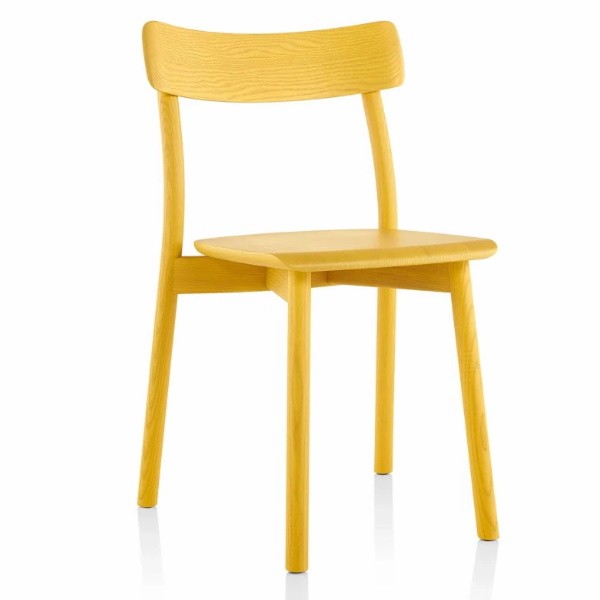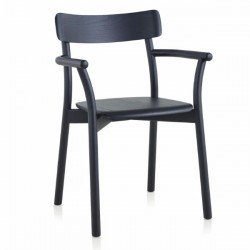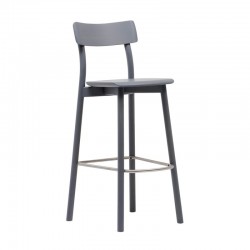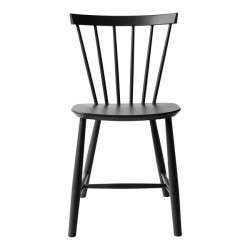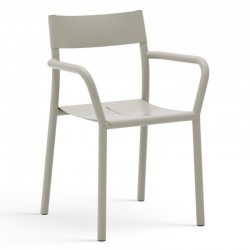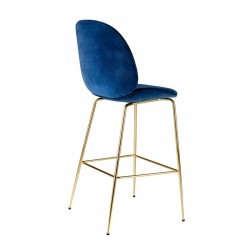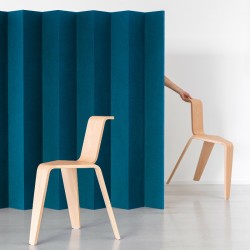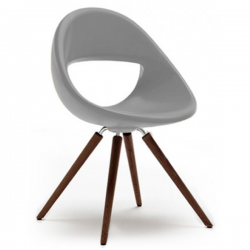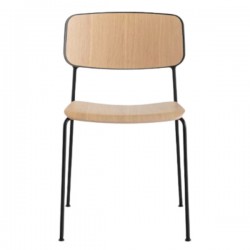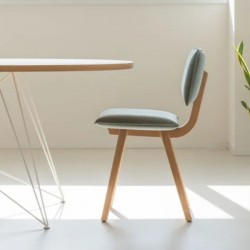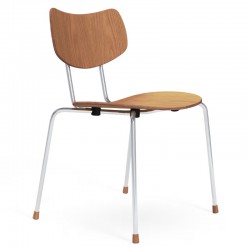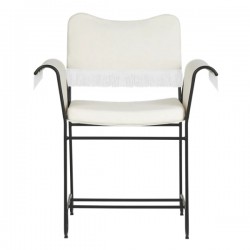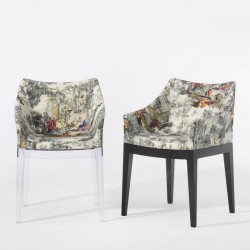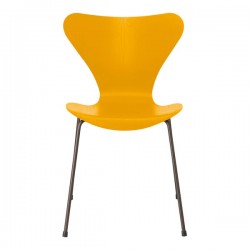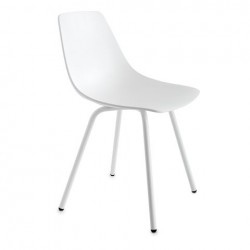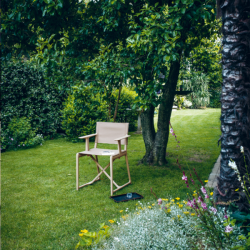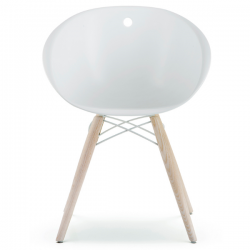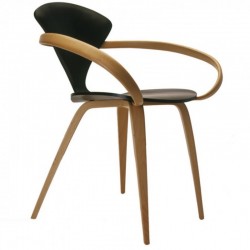As with many words, CHIARO has several definitions: clear, bright, and straightforward. Chairs by nature are straightforward — the proportions of a seat and back suggest a place to sit, and regardless of their formal language, most of the time we know what to do with them. Beyond physical function, furniture has a powerful ability to transform atmosphere. It is fascinating that despite technological progress, our fundamental need for chairs seems to endure, while the appearance of many chairs does not. A number of mysterious variables decide which designs find long term success.
Judging from history, one might guess that in order to last a chair must be culturally poignant, technologically or ergonomically innovative, or able to solve a particular need effectively.
Sophisticated manufacturing technology and handcraft give Mattiazzi the rare ability to shape wood in almost any form. Although I was extremely tempted to explore those boundaries, CHIARO is not a radical chair. This design flirts with notions of an archetype to create what seems to be an ordinary design that is both visually and physically comfortable in many different environments.
- Specifications
Ash or oak of European origin and legal wood cutting. Unremovable upholstery seat option.
- Size Description
Chair: 50 x 49.5 x h47/81cm
-
Leon Ransmeier
<p>Leon Ransmeier was born in New York in 1979. In 2001, he graduated with a B.F.A. in furniture design from the Rhode Island School of Design in Providence. In 2004, Ransmeier founded Ransmeier Inc., an industrial design practice based in New York City. In 2007, he co-founded the design firm DBA with partners Erik Wysocan and Patrick Sarkissian, where he worked as creative director of design for three years. Throughout his career, Ransmeier has worked on design collaborations with Droog, Established & Sons, and Herman Miller. His work is included in the permanent collections of The San Francisco Museum of Modern Art (SFMOMA) and the Rhode Island School of Design Art Museum. His work was featured in the Cooper-Hewitt National Design Museum’s 2006 National Design Triennial, Design Life Now, and in the 2010 National Design Triennial, “Why Design Now?.”</p>


 EUR
EUR

